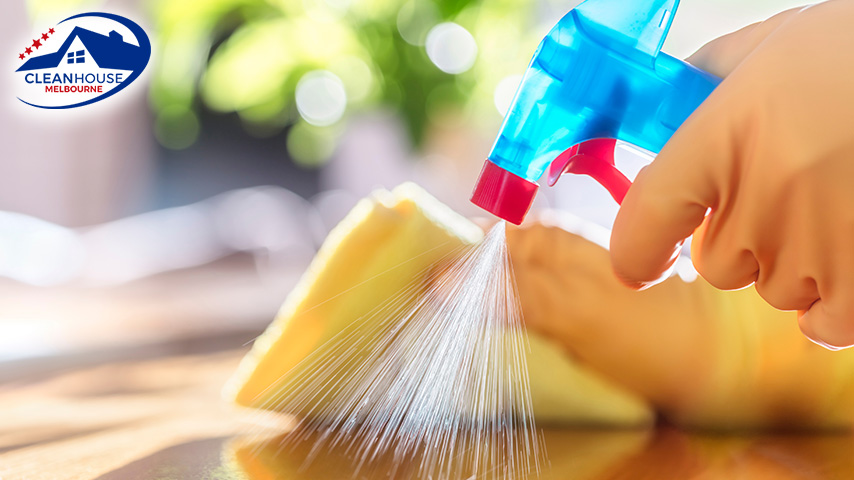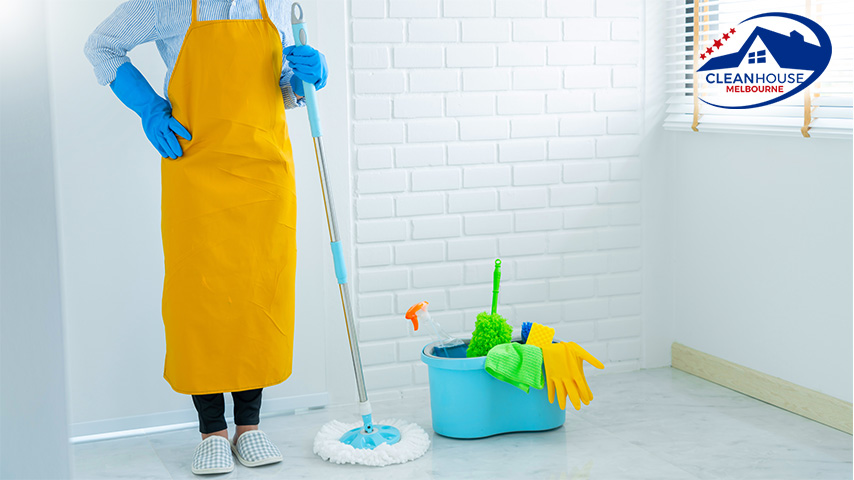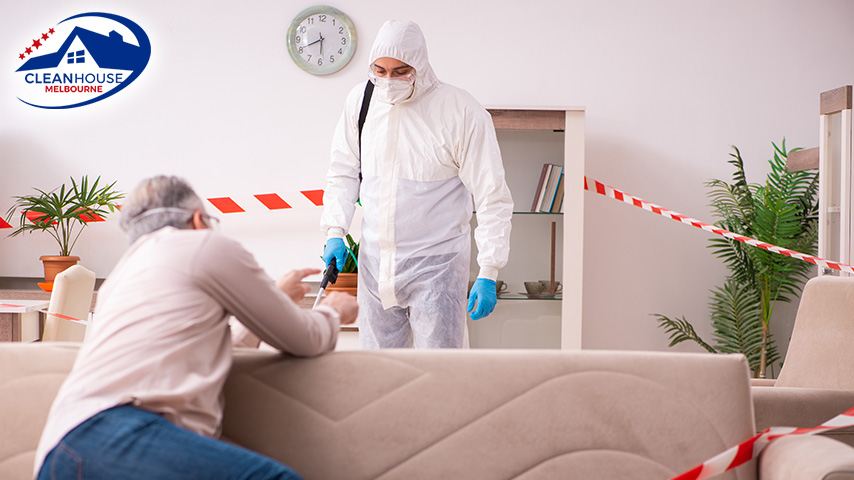During this coronavirus pandemic, most of us now know how to wash our hands correctly (wet, lather, scrub, rinse and dry). However, we may not be sure of how to disinfect our home surfaces properly. And as with most parts of our current situation, there are much false information and hype on how to achieve this.
Cleaning and disinfection of surfaces you often clean before coronavirus is what constitutes good household hygiene.
Today, you will learn how to disinfect your home within fifteen minutes. To achieve this, you must ensure you get all the supplies you need handy before thinking of tackling these tasks.
What to Use
You can get a list of disinfectant products approved by the EPA for effective use against Sars-Cov-2 that causes COVID-19. Be sure to take to the manufacturer’s instructions for every cleaner. Check the label on the product to know the appropriate concentration to use, application method, and contact time.
You can use diluted bleach solutions normally used in homes if perfect for the surface. According to CDC, household bleach that is still active can be used against coronaviruses when diluted appropriately.

These Rules Are Important to Follow:
? Apply bleach that has 5.25% to 8.25% sodium hypochlorite. Avoid using a bleach product that has a higher or lower percentage to the specified range.
? Stick to the instruction of use given by the manufacturer for the surface, leaving at least one minute for contact time.
? Make sure there is enough ventilation during and after use.
? Be sure to check if the product is not expired.
? Avoid mixing of household bleach with ammonia or any cleaner. This may give rise to fumes that may be dangerous when breathing in.
Make a Bleach Solution by Mixing the Following:
? Four teaspoons of 5.25% to 8.25% bleach for each quart of water (room temperature).
? Bleach solutions will be much effective for disinfection within 24 hours.
? You may also use an alcohol solution with a minimum of 70%.

Where to Disinfect
Frequently touched surfaces to clean and disinfect include:
? Doorknobs
? Table surfaces
? Kitchen counters
? Bathroom counters
? Faucets & faucet knobs
? Toilets: seat & handle
? Light switches
? TV remote controls & Game controllers
? Cell phone & iPad/tablets
? Computer keyboard & mouse
NOTE: Everyone has a different home and routines, so you should come up with a list of surfaces you often touch. The list provided above is not complete but contains some of the most used surfaces that you need to sanitize. Be sure to adjust the list as necessary as you have different items in your home; this guideline is general.
You Need to Sanitize if You:
? Have gone outside your home and interacted with people.
? Have had visitors in your home.
? Have a sick person at home.

How to Disinfect your Home
Hard (Non-porous) Surfaces
Put on disposable gloves during cleaning and disinfection of surfaces. Carefully dispose of gloves after each clean. If you used reusable gloves, make sure they are only used to clean and disinfect your home for COVId-19 and not for other purposes. Read the instructions provided by the manufacturers for the cleaning and disinfection products you applied. Perform hand hygiene immediately after gloves removal.
? For dirty surfaces, make sure you apply detergent or soap for cleaning before disinfection.
? Always go through and follow the manufacturer’s direction of use for safe and effective application.
? Put on skin protection and wear eye protection to prevent possible splash hazards.
? Make sure there is enough ventilation.
? Apply the recommended amount given on the label.
? Dilute using water at room temperature unless the label state otherwise.
? Do not mix chemical products.
? Mark cleaning solutions that are diluted.
? Keep and use chemicals away from children and pets.
? Do not eat, breathe, drink, or inject any of these products into your body or use directly on your skin so you can prevent serious health issues.
? Avoid bathing or wiping pets with these chemical products that are not approved for animal use.
? Make sure people with asthma are not around when you perform cleaning and disinfectant as this can trigger an asthma attack.
Learn more about lowering asthma triggers.

Soft (Porous) Surfaces
Remove any visible contamination from soft (porous) surfaces like rugs, floor, and drapes and use the right cleaners made for use on these surfaces. After cleaning:
? Properly launder items as recommended by the manufacturer.
? If possible, launder those items with the warmest recommended water setting for the items and make sure they are completely dried.
? Else, use EPA-approved products effective against COVID-19, and that is ideal for porous surfaces.
Electronics
Remove any present visible contamination from electronics like touch screens, keyboards, tablets, remote controls, and cell phones.
? Stick to the instructions given by the manufacturers for all cleaning and disinfection products.
? You may use wipeable covers for your electronic items.
? If there is no guidance from the manufacturer, you may use alcohol-based sprays or wipes a minimum of 70% alcohol to properly disinfect touch screens.
? Be sure to dry surfaces to avoid storing liquids completely.

Linens, Clothing, and Other Stuff
Put on disposable gloves when running dirty laundry from a sick person and dispose of after use. If you used reusable gloves, make sure they are only used to clean and disinfect your home for COVId-19 and not for other purposes. Perform hand hygiene immediately after gloves removal.
? If you didn’t put on gloves when handling dirty laundry, make sure you perform hand hygiene.
? Avoid shaking dirty laundry as much as you can. This will reduce any potential dispersion of the virus through the air.
? Properly launder items as recommended by the manufacturers. If possible, make use of the warmest recommended water setting for the dirty items and make sure they are completely dried. You can wash dirty laundry from a sick person using items from other people.
? Clothes hampers should be cleaned and disinfected as recommended above for surfaces. If possible, you may place a bag liner that can be laundered or disposed of.
Hand Hygiene as well as other Preventive Measures
Household members should often clean their hands, including when they remove gloves and after making contact with a sick person or go out, by using soap and water to wash hands for 20 seconds. In the absence of soap and water and hands are not visibly soiled, apply hand sanitizer that has at least 70% alcohol. However, make sure you get soap and water to wash visibly soiled hands.
? Make sure you always read and take to the directions given on the label to make sure you safely and effectively use them.
? Make sure hand sanitizers are stored away from fire or flame.
? Make sure adults are supervising children under 6 years of age when applying hand sanitizer.
? Always keep hand sanitizer away from the reach of children and pets.
? Check the FDA’s tips for safe use of sanitizer and sanitizer use considerations from the CDC.
? Make sure household members observe regular preventive actions while working and at home, which includes recommended hand hygiene and restricting themselves from using unwashed hands to touch eyes, nose, and mouth.
Other Times to Clean Your Hands Are:
? After you cough, sneeze, or blow nose.
? After visiting the restroom.
? Before preparing or eat food.
? After contact with pets or animals.
? Before and after routine caring for a child or a sick person.

FAQs about Home Disinfection:
- What is the fastest way to disinfect your home?
Focus on high-touch surfaces like doorknobs, light switches, and countertops, using EPA-approved disinfectants. - What supplies are needed for quick disinfection?
Use disposable gloves, disinfectant sprays, and clean microfibre cloths for effective and swift sanitisation. - Can bleach be used for disinfecting?
Yes, diluted bleach solutions are effective but must be used according to safety guidelines. - How should electronics be disinfected safely?
Use alcohol-based wipes or sprays with at least 70% alcohol, ensuring surfaces are dried thoroughly. - Is it safe to use disinfectants around children and pets?
Ensure good ventilation and keep products out of reach; choose non-toxic options when possible. - What is the importance of hand hygiene during disinfection?
Proper handwashing before and after disinfecting helps reduce the spread of germs and viruses. - How should soft surfaces be disinfected?
Launder items with the warmest water settings or use EPA-approved products for fabrics. - What precautions should be taken when using disinfectants?
Avoid mixing chemicals, use adequate ventilation, and wear appropriate protective gear. - How often should high-touch surfaces be disinfected?
Disinfect daily or after any contact with people outside your household. - Can reusable gloves be used for disinfection?
Yes, but they must be designated solely for COVID-related cleaning to prevent cross-contamination.
Conclusion
Are you looking to make sure your home is always ready and free from COVID-19? Contact Clean House Melbourne. We perform routine Home Disinfection services that will keep your home in good condition, so you don’t have to worry about unprofessional home cleaning when the need to clean your home arrives.


 Email Us
Email Us Whatsapp
Whatsapp


